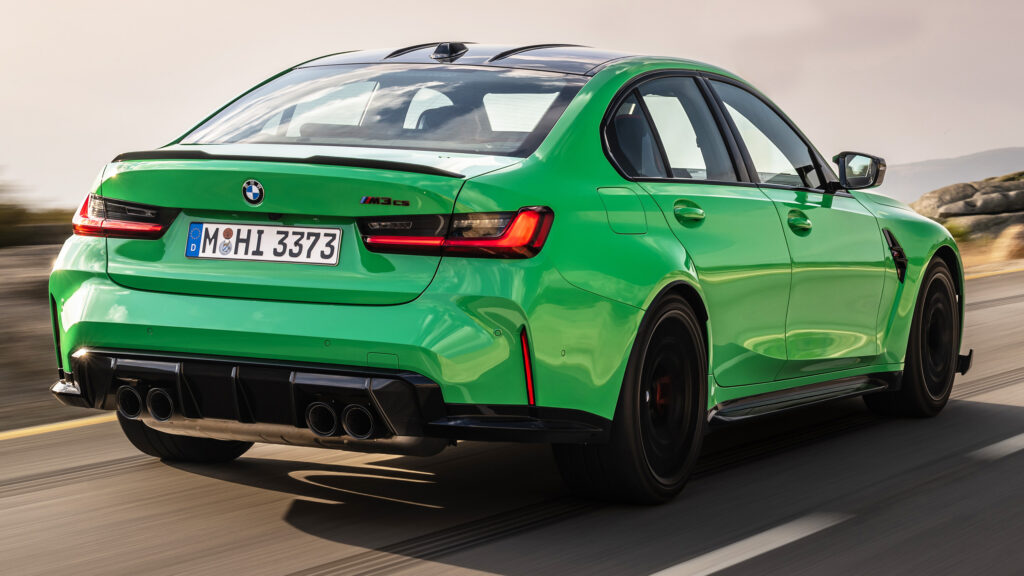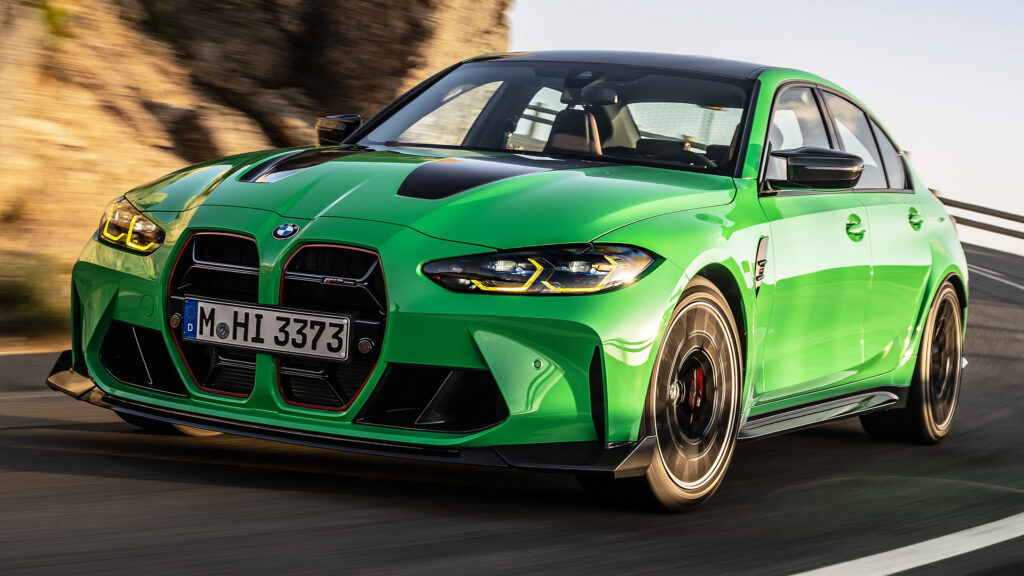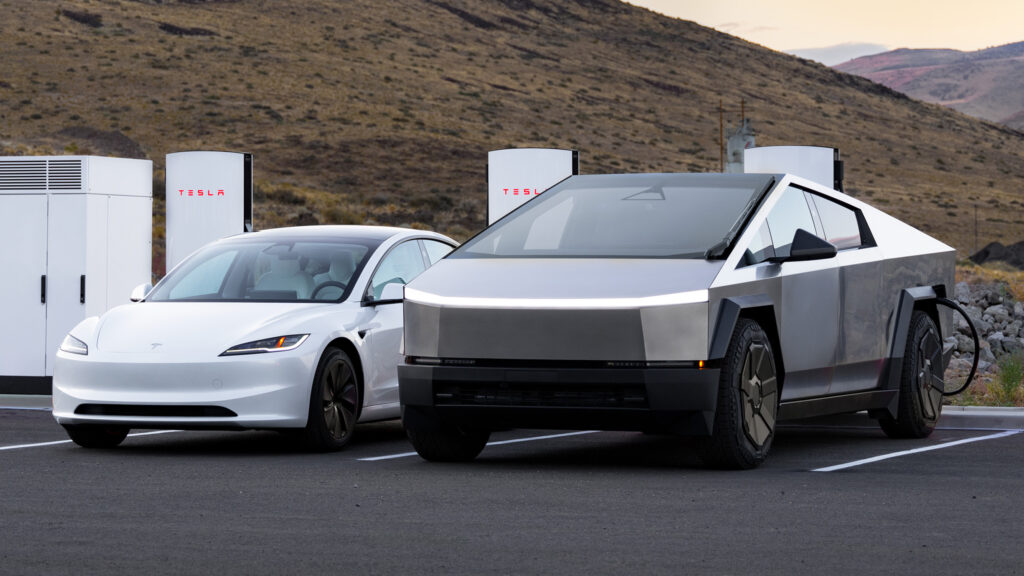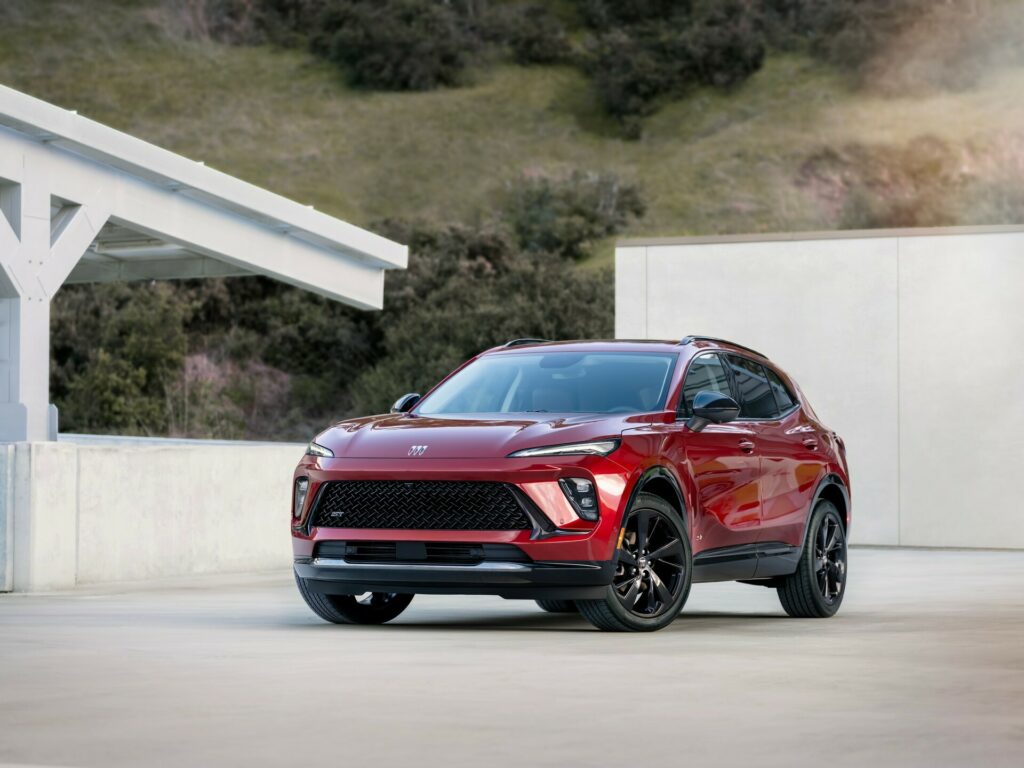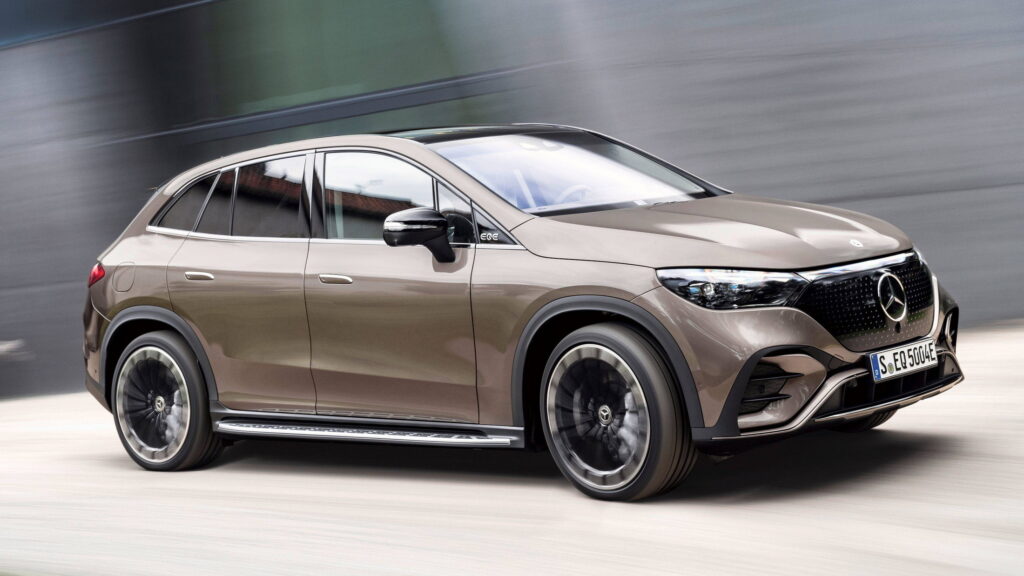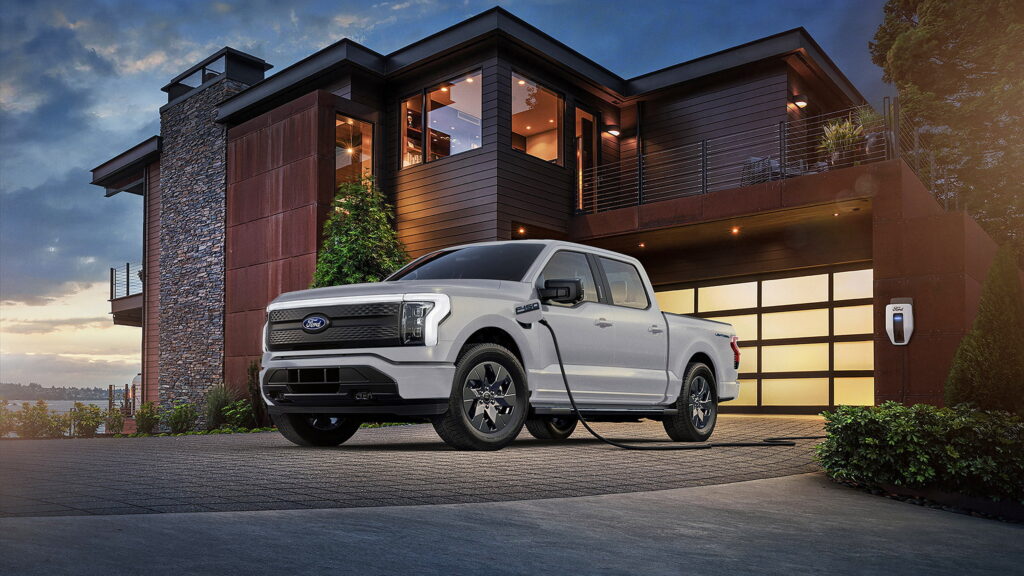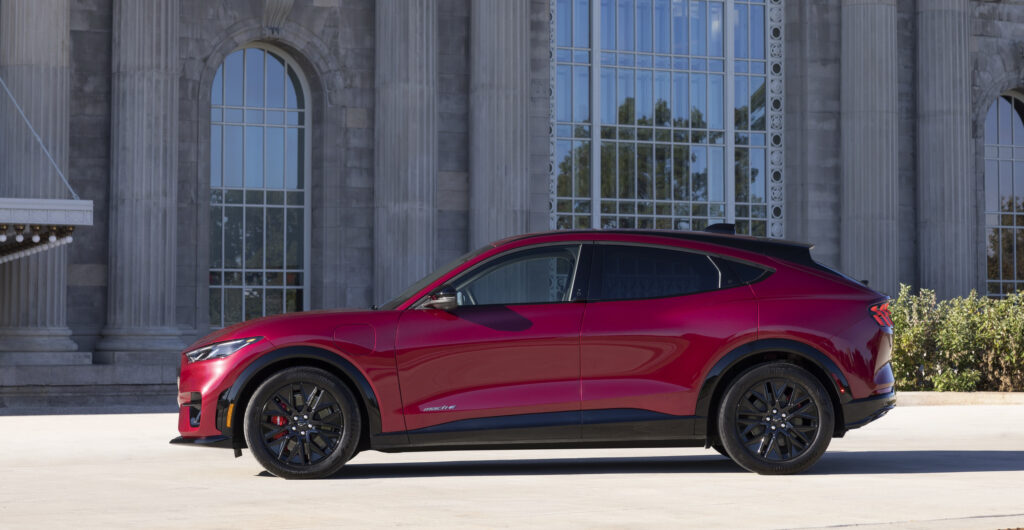Opel Built An Electric SUV That Might Make Hot Hatches Nervous

- Opel has revealed the Mokka GSE, its fastest and most aggressive electric model to date.
- The small SUV features sporty bumpers, yellow brake calipers, and 20-inch alloy wheels.
- A 278 hp motor drives the front wheels, aided by a bespoke chassis and suspension setup.
Small electric performance cars are picking up speed, and in Europe, Stellantis has quietly assembled a diverse lineup across its brands. Among them are the Abarth 600e, the Alfa Romeo Junior Veloce, the Lancia Ypsilon HF, and the upcoming Peugeot 208 GTI. Now Opel is joining the mix with a sportier take on the Mokka.
This electric variant kicks off Opel’s revamped GSE sub-brand with sharper styling and performance upgrades.
More: Opel’s Rugged SUV Could Rival Dacia’s Budget Off-Roader
The fastest electric Opel (Vauxhall in the UK) model to date looks more aggressive than the regular Mokka, taking inspiration by the GSE Rally prototype that debuted last May. Black inserts in the front and rear bumpers emphasize the air intakes, and GSE badging on the grille and side panels signals its performance focus. The standout, however, is the set of 20-inch alloy wheels with a clean, aerodynamic design and bright yellow brake calipers, which look especially large on a compact SUV.
Inside the cabin, the upgrades continue. The front seats are trimmed in Alcantara and shaped for extra support, matched by similarly finished door inserts. A reshaped steering wheel, aluminum pedals, and white and yellow accents help differentiate the GSE from its tamer siblings. The dual 10-inch screens in the digital cockpit now include performance-focused graphics unique to this model, providing real-time data while driving.
Performance Matches Rivals
Power comes from a single electric motor producing 278 horsepower (207 kW or 280 PS) and 345 Nm (254.5 lb-ft) of torque. These figures are in line with the top-spec versions of the Abarth and Alfa Romeo counterparts, as well as the earlier GSE Rally concept. The front wheels handle all that power with the help of a Torsen limited-slip differential.
Opel claims the Mokka GSE can accelerate from 0 to 100 km/h (0 to 62 mph) in 5.9 seconds, while its top speed is capped at 200 km/h (124 mph. This makes the Mokka GSE quicker than the more powerful but heavier Grandland Electric AWD.
More: The Most Powerful Opel Ever Comes With A Shocking Price Tag
Besides having almost double the power of the standard Mokka Electric, the GSE features a unique chassis setup. The suspension has been lowered by 10 mm and includes dual hydraulic shock absorbers for better damping. The rear axle is stiffer, the steering has been retuned, and stopping power comes from Alcon brakes with 380 mm discs and four-piston calipers.
The Mokka GSE uses the same 54 kWh lithium-ion battery pack found in the regular Mokka Electric. However, due to the performance enhancements and extra hardware, the WLTP range is expected to fall short of the standard model’s 406 km (252 miles). Even so, the GSE keeps its weight under 1,600 kg (3,527 pounds), which is not bad for a fully electric crossover with this level of performance.
Details about the market launch and the pricing of the Opel Mokka GSE in Europe will be announced in the coming months. The model will also be available in the UK, albeit with Vauxhall emblems.










